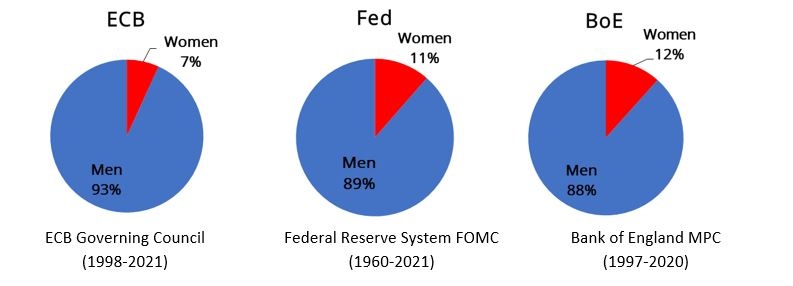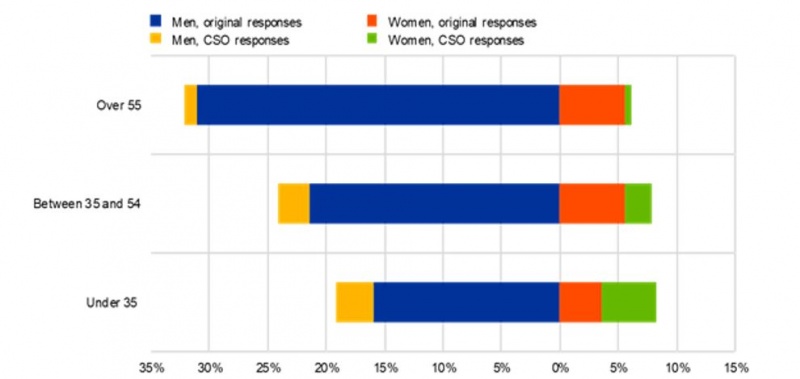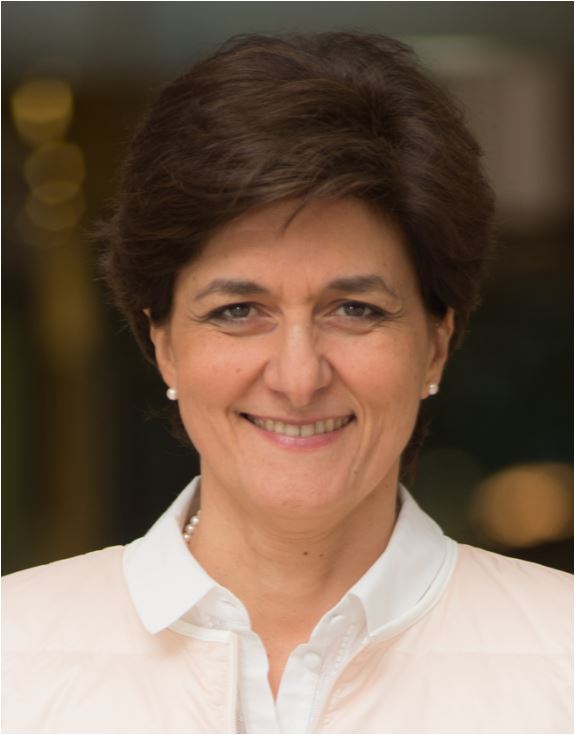References
Arnold, Martin and Daniel Dombey, 2021, Women central bankers want action on ‘hidden barriers’ to equality, Financial Times published 4th of May.
Bagehot, Walter, 1873, Lombard Street: A description of the money market London: Henry S. King & Co.
Bernanke, Ben S., 2004, Gradualism, Remarks at an economics luncheon co-sponsored by the Federal Reserve Bank of San Francisco (Seattle Branch) and the University of Washington, Seattle, 20 May.
Cardillo, Giovanni, Enrico Onali, Giuseppe Torluccio, 2020, Does gender diversity on banks’ boards matter? Evidence from public bailouts, Journal of Corporate Finance forthcoming.
Christiansen, Lone, Engbo, Huidan Lin, Joana Pereira, Petia Topalova, and Rima Turk, 2016, Gender Diversity in Senior Positions and Firm Performance: Evidence from Europe, IMF Working Paper WP/16/50.
van Daalen KR, Bajnoczki C, Chowdhury M, et al., 2020, Symptoms of a broken system: the gender gaps in COVID19 decision-making, BMJ Global Health.
Eggertsson, Gauti B. and Michael Woodford, 2003, The Zero Bound on Interest Rates and Optimal Monetary Policy, Brooking Papers on Economic Activity 33(1).
European Commission, 2021 report on gender equality in the EU, 2021.
Friedman, Milton and Anna J. Schwartz, 1963, A monetary history of the United States 1867-1960, Princeton: Princeton University Press.
Gaballo, Gaetano, 2016, Rational inattention to news: The perils of Forward Guidance, American Economic Journal: Macroeconomics 8(1), p. 42-97.
Hansen, Lars Peter, and Thomas J. Sargent, 2001, Robust Control and Model Uncertainty American Economic Review, 91 (2), p. 60-66.
Krugman, Paul, 1998, It’s Baaaack! Japan’s Slump and the Return of the Liquidity Trap Brookings Papers on Economic Activity 28(2): 137–87.
Istrefi Klodiana and Michael D. Bordo, 2018, Perceived FOMC: the Making of Hawks, Doves and Swingers, Banque de France Working Paper #683.
Istrefi, Klodiana and Giulia Sestieri, 2018, Central banking at the top: it’s a man’s world, Banque de France blog, with data updated to 2021.
Istrefi Klodiana, 2019, In Fed Watchers’ Eyes: Hawks, Doves and Monetary Policy, Banque de France Working Paper #725.
Masciandaro, Donato and Paola Profeta and Davide Romelli, 2020. Do Women Matter in Monetary Policy Boards? BAFFI CAREFIN Working Papers 20148, Universita’ Bocconi.
Morris, Stephen and Hyun Song Shin, 2002, Social Value of Public Information American Economic Review 92(5), p. 1521–34.





